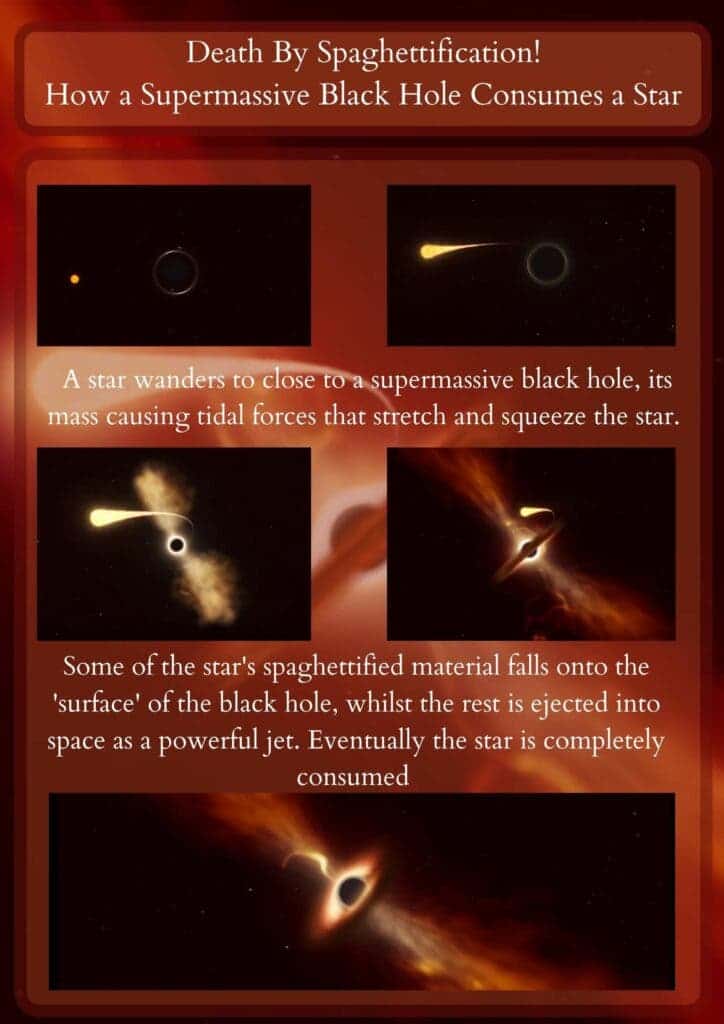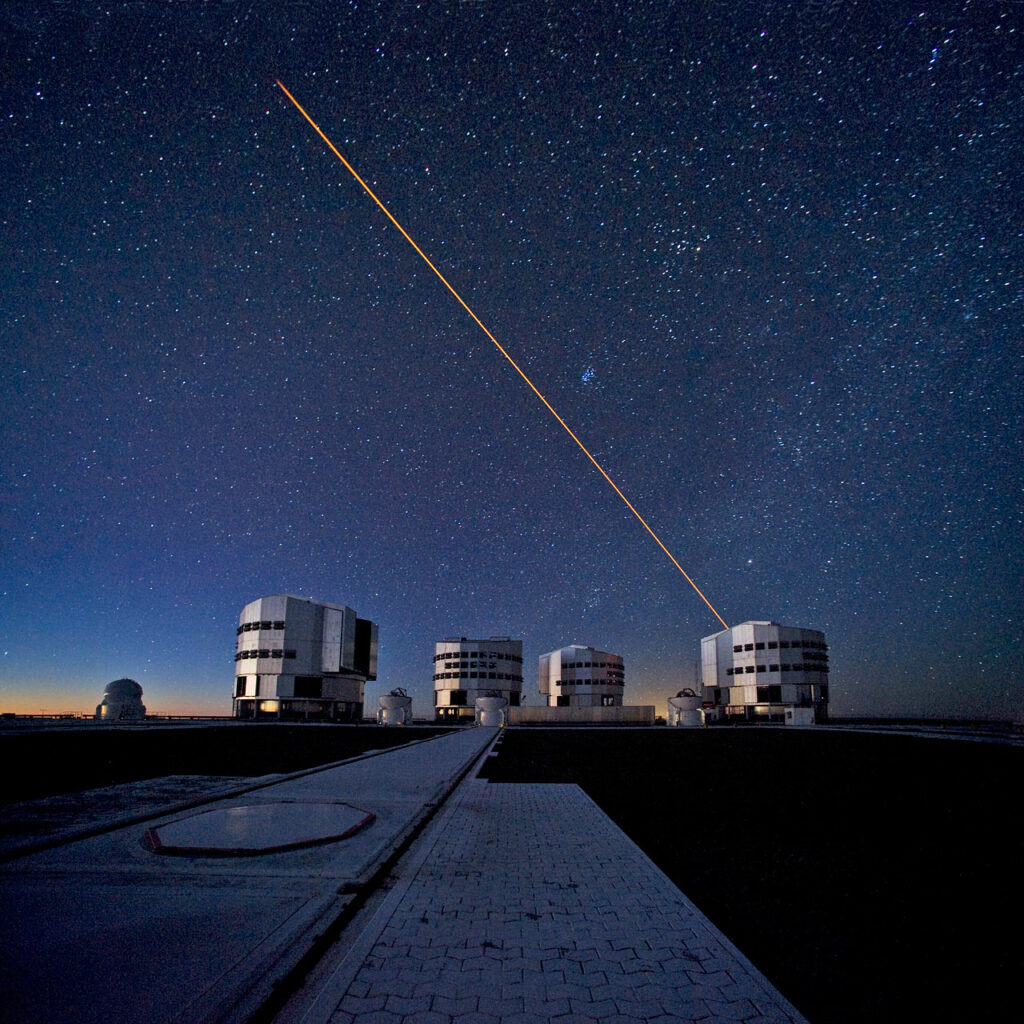 Belarus threatens to fire on anti-Lukashenko protesters
Belarus threatens to fire on anti-Lukashenko protestersBelarus on Monday threatened to fire on protesters to break up demonstrations against President Alexander Lukashenko, as EU foreign ministers agreed to impose sanctions personally targeting the strongman leader.


The use of live firearms would mark a major escalation in the two-month standoff between Lukashenko and protesters, who have staged peaceful rallies against his disputed re-election in August and against the abuse and torture of detainees.

The warning came after security forces cracked down harshly on anti-Lukashenko protests on Sunday, prompting EU foreign ministers to agree it was time to sanction Lukashenko himself.
Later on Monday, officers used tear gas and stun grenades against a group of pensioners holding a regular protest march, prompting outrage from the opposition.
The protests broke out when Lukashenko claimed victory in August 9 elections over a popular opposition candidate, Svetlana Tikhanovskaya, who claims to be the true winner.
Belarus's first deputy interior minister Gennady Kazakevich said in a video statement that "we will not leave the streets and law enforcement officers and internal troops if necessary will use riot control equipment and lethal weapons".

Police have so far only acknowledged using water cannon, rubber bullets and stun grenades to disperse the protesters.
Kazakevich claimed that protests had become "extremely radical", saying stones and bottles had been thrown at police on Sunday by protesters armed with knives, who built barricades and set fire to tyres.
"This has nothing in common with civil protest," the deputy minister said, claiming that "groups of fighters, radicals, anarchists and football fans" were taking part
- Tear gas for 'grandmothers' -
Belarus was facing attempts to revive the "chaos of the 1990s" and foment the "colour revolutions" that have toppled pro-Kremlin leaders in other ex-Soviet states, he said.
His statement came as police have used some of the harshest tactics yet against protesters.
On Monday, burly men with black balaclavas and batons confronted a crowd of mainly middle-aged and older women carrying placards with slogans such as "the grandmothers are with the people", video footage by Tut.by independent news site showed.
"We deployed stun grenades from an Osa flare gun and fired tear gas when the citizens started to show aggression," Minsk police spokesman Roman Lashkevich told Russia's RIA Novosti news agency.
"Today the regime crossed yet another line," Tikhanovskaya said in a statement, pointing out that older Belarusians had once been seen as Lukashenko's most loyal electorate.
The men were shown spraying from inside their vehicles as protesters angry at the detention of demonstrators threw flowers at them and shouted "Fascists!" and "Cowards!".
Later protesters in Minsk blocked roads and set tyres on fire, as military vehicles drove through the city centre, Tut.by reported.
During Sunday's mass protests, police deployed water cannon and stun grenades in Minsk, detaining more than 700 people across the country, the interior ministry said.
The crackdown ended any expectations that a prison visit by Lukashenko to hold over four hours of talks with critics held in jail at the weekend marked any change in approach.
Two entrepreneurs with links to the opposition who took part in the meeting were moved to house arrest after the talks.
Kazakevich's statement was the first time the authorities have explicitly threatened to use firearms against opposition demonstrators.
But the Nasha Niva independent newspaper on Sunday posted a video in which internal troops appeared to run towards demonstrators while threatening them with guns.
When protests broke out in August, police acknowledged opening fire on protesters in the southern city of Brest, killing one, though it was unclear whether live bullets were used.
They said they acted in self-defence as the men were armed with iron bars, but relatives of the dead man said he had simply been walking along the street.
- Lukashenko sanctioned -
European foreign ministers Monday agreed Lukashenko's name should join a list of 40 of his officials already sanctioned by the EU with travel bans and asset freezes, diplomatic sources said.
The EU had held back from penalising Lukashenko himself, hoping to persuade him to engage in dialogue with opposition forces to resolve the crisis. But the treatment of demonstrators on Sunday proved the last straw.
German Foreign Minister Heiko Maas said earlier that the Belarusian leader should be among those sanctioned as "the violence continues, perpetrated by the Lukashenko regime".
The EU, along with the United States and other countries, has rejected the results of the August 9 election and said it does not regard Lukashenko as the legitimate president.
Lukashenko has been president of his country, wedged between Russia and the EU, since 1994, holding on to power through a combination of strongman tactics and sometimes wily diplomacy.
Analysts say the protest movement is keeping him under pressure but the continued backing of the security forces, and for the moment key ally Russia, is allowing him to stay in power.
burs-as-am/jj
















